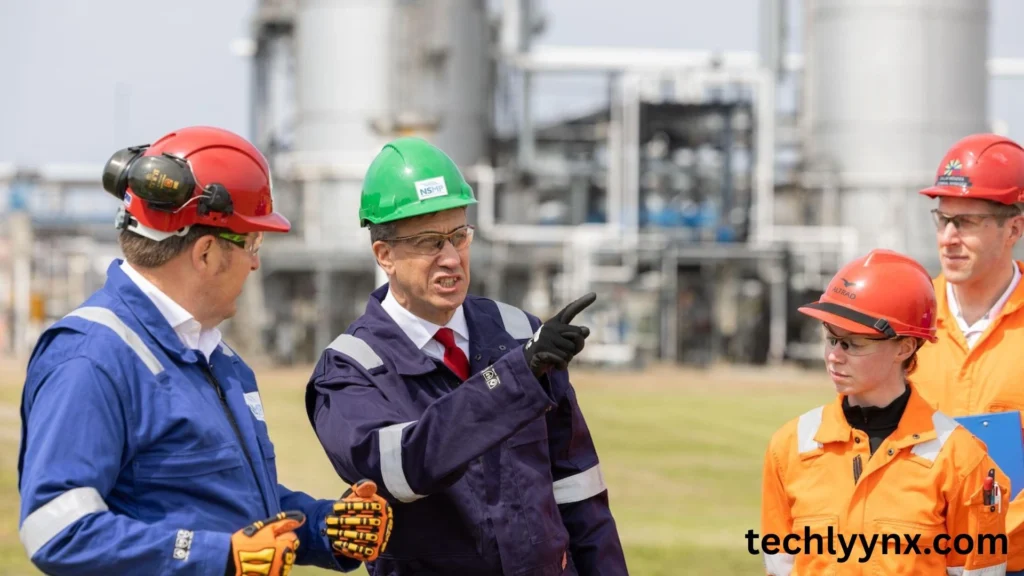As the effects of climate change intensify and energy systems strain under growing demand, engineers are playing a pivotal role in designing more resilient, efficient, and sustainable infrastructure. From reimagining energy grids to integrating smart technology, the engineering profession is rapidly evolving to meet these urgent challenges.
Climate Change Is Stress-Testing Our Infrastructure
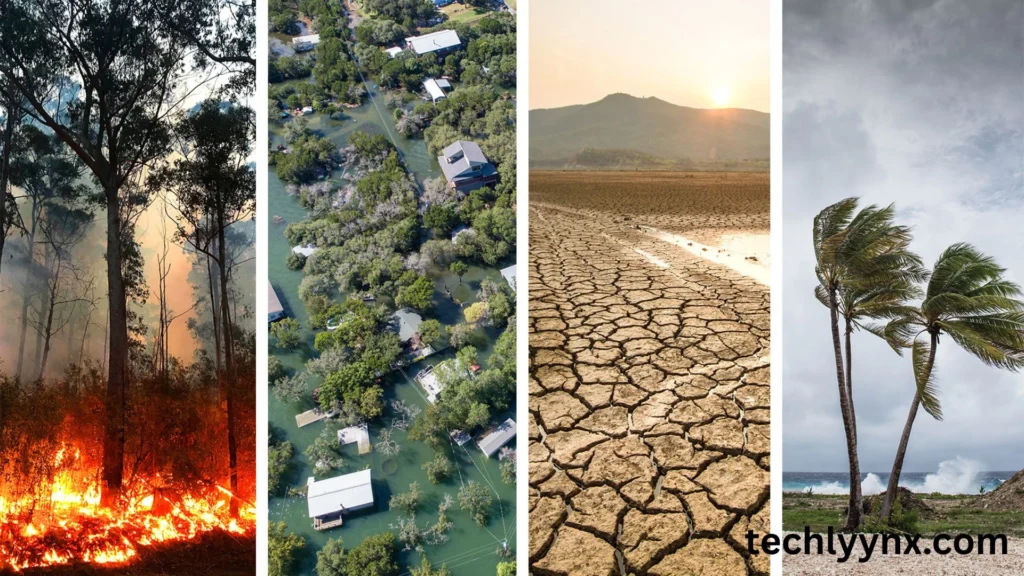
Extreme weather events, which were historically rare, are becoming increasingly frequent and severe. Heatwaves, droughts, hurricanes, and wildfires are no just regional anomalies; they are global occurrences that are changing the way we think about energy infrastructure.
The 2021 Texas grid meltdown, caused by unexpected cold and unprepared systems, demonstrated how vulnerable energy networks are when planned with antiquated climatic predictions. Engineers are now required to plan for uncertainty. Climate modeling, real-time risk assessments, and stress testing infrastructure against worst-case scenarios are becoming common practice in grid planning and upgrading.
The focus is shifting from maintenance to transformation.
Building Resilient Grids
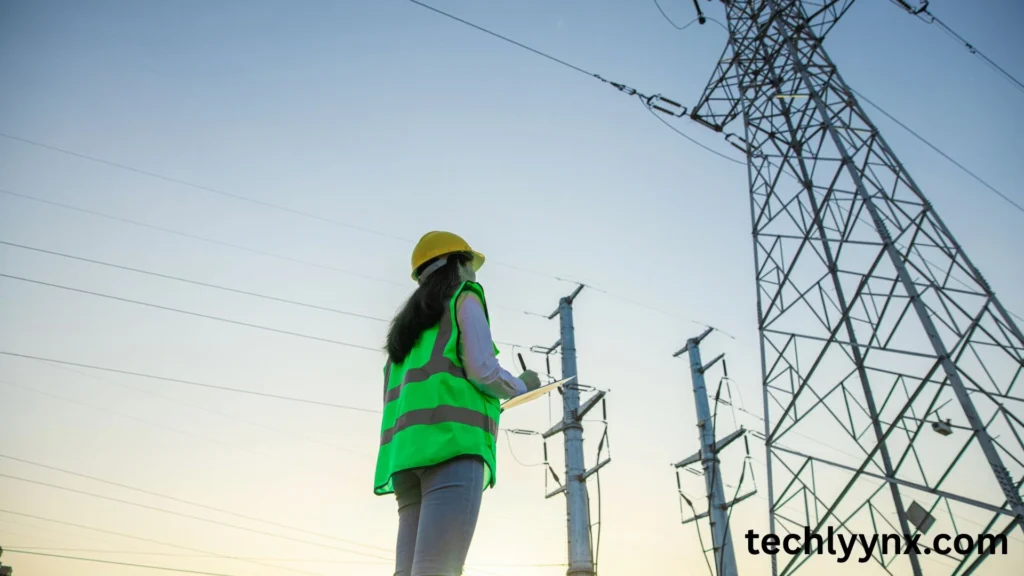
Resilience has emerged as an important factor in energy infrastructure design. Rather than just rebuilding after a breakdown, engineers are inventing systems that can withstand and recover from disruptions automatically.
Strategies include:
- Microgrids that can function independently from the main grid during an emergency.
- Energy redundancy through localized generation sources like rooftop solar and neighborhood battery storage.
- Underground power lines in wildfire-prone areas, or flood-proof substations along coastlines.
Digital twins, or virtual replicas of grid infrastructure, are also used to simulate interruptions such as cyberattacks and extreme weather occurrences. Engineers evaluate responses in digital environments to improve real-world system robustness while avoiding real-world effects.
Driving the Clean Energy Transition
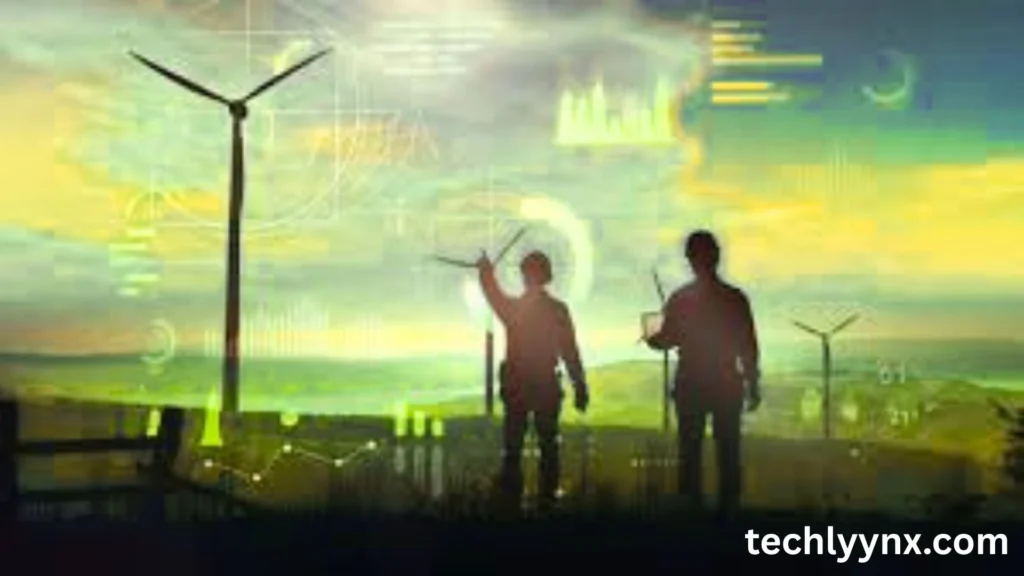
The decarbonization of the grid is crucial to the fight against climate change. Engineers are at the forefront of this transformation, integrating solar, wind, geothermal, and hydropower into the grid while maintaining system stability.
However, using renewable energy is more complicated than simply plugging in a solar panel. Engineers encounter issues such as:
- Intermittency: Because solar and wind power are weather-dependent, energy storage and demand forecasting are critical.
- Grid upgrades: To handle decentralized energy production, many regions require stronger, smarter infrastructure.
- Energy equity: It is becoming increasingly important to ensure that underserved and rural communities have access to clean energy.
Battery systems, smart inverters, and AI-based energy forecast tools are all being adopted on a large basis. These technologies assist balance loads, store excess power, and permit two-way energy flows, radically altering the grid.
IEEE’s Global Initiative
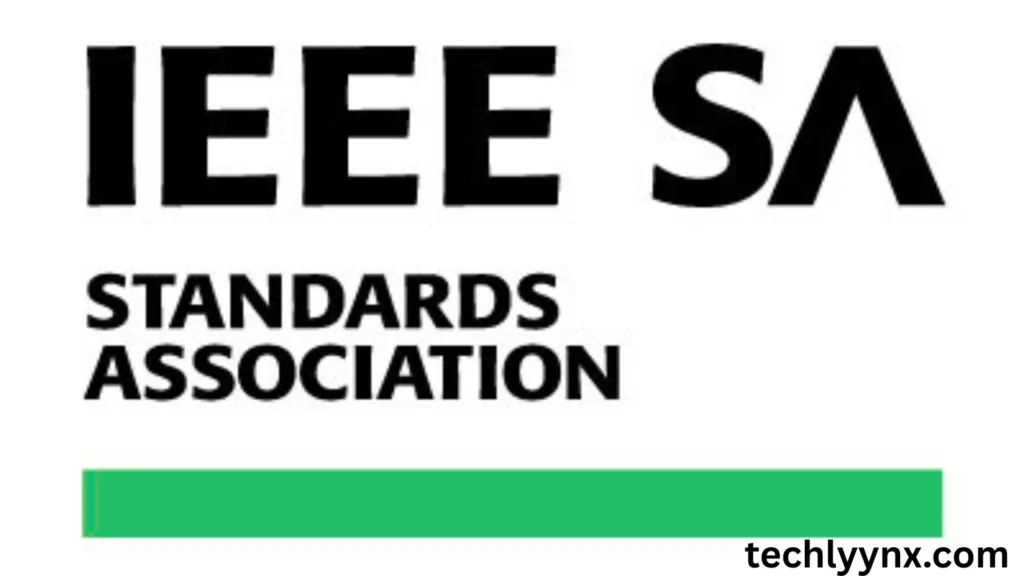
In recognition of the global stakes, the IEEE Power & Energy Society initiated a major endeavor to better understand and support engineers’ roles in climate response and energy resilience.
According to a recent IEEE poll of worldwide power engineers:
88% consider themselves as major contributors in combating climate change.
63% support updating grid infrastructure.
53% want to increase renewable energy integration.
51% support increased load efficiency and demand-side innovation.
These findings demonstrate that engineers aren’t just aware of the problem; they’re actively spearheading its solution. The IEEE project also promotes interdisciplinary collaboration, encouraging engineers to collaborate with legislators, environmental scientists, economists, and urban planners.
IEEE’s programs aim to equip engineers with cutting-edge tools, data, and training to address these challenges effectively. It’s a collective call to action: reimagine the grid not as a static network, but as a dynamic, climate-adaptive ecosystem.
Smart Tools, Smarter Engineers
Engineers are increasingly relying on digital technologies to deal with modern challenges. Engineers can monitor, anticipate, and regulate electricity flow in real time using smart grids, which are energy systems that have been upgraded with automation, sensors, and data analytics.
The key innovations include:
AI-driven demand forecasting
IoT devices identify faults before outages occur.
Machine learning models that improve battery charging and discharging cycles.
Blockchain for secure and transparent energy transfers.
Smart meters in homes and businesses allow consumers become part of the solution by adjusting energy consumption based on peak and off-peak hours. Engineers are developing systems that allow two-way communication between user devices and the grid, resulting in more responsive energy use and grid stability.
Skills for a Sustainable Future

Today’s engineer differs from yesterday’s engineer. Climate and grid concerns have increased the skill set necessary in the energy sector.
Aside from traditional fields like electrical and mechanical engineering, today’s professionals require skills in:
- Data science and AI
- Cybersecurity for Energy Systems
- Sustainability metrics and life cycle analysis
- Climate Policy and Regulatory Frameworks
Engineering programs are adjusting by incorporating sustainability, ethics, and climate adaption courses. The public and corporate sectors are also investing in continuous learning programs to help practicing engineers stay up with rapidly changing technologies and worldwide expectations.
As infrastructure projects become more complex, engineers must communicate effectively with stakeholders ranging from communities to governments about risk, resilience, and innovation.
Conclusion
Climate change and grid pressures are among the most pressing issues of our time—but also among the most solvable. Engineers around the world are not merely reacting to the problem; they are building complete, future-ready solutions.
Engineers are strengthening, cleaning, and adapting energy networks through clean energy systems and robust infrastructure, as well as smart digital technologies and transdisciplinary training.
As highlighted by the IEEE project, this shift is not optional—it is required. And at the heart of that shift is a new breed of engineer: one that thinks broadly, creates wisely, and leads boldly in the era of climate disaster.

